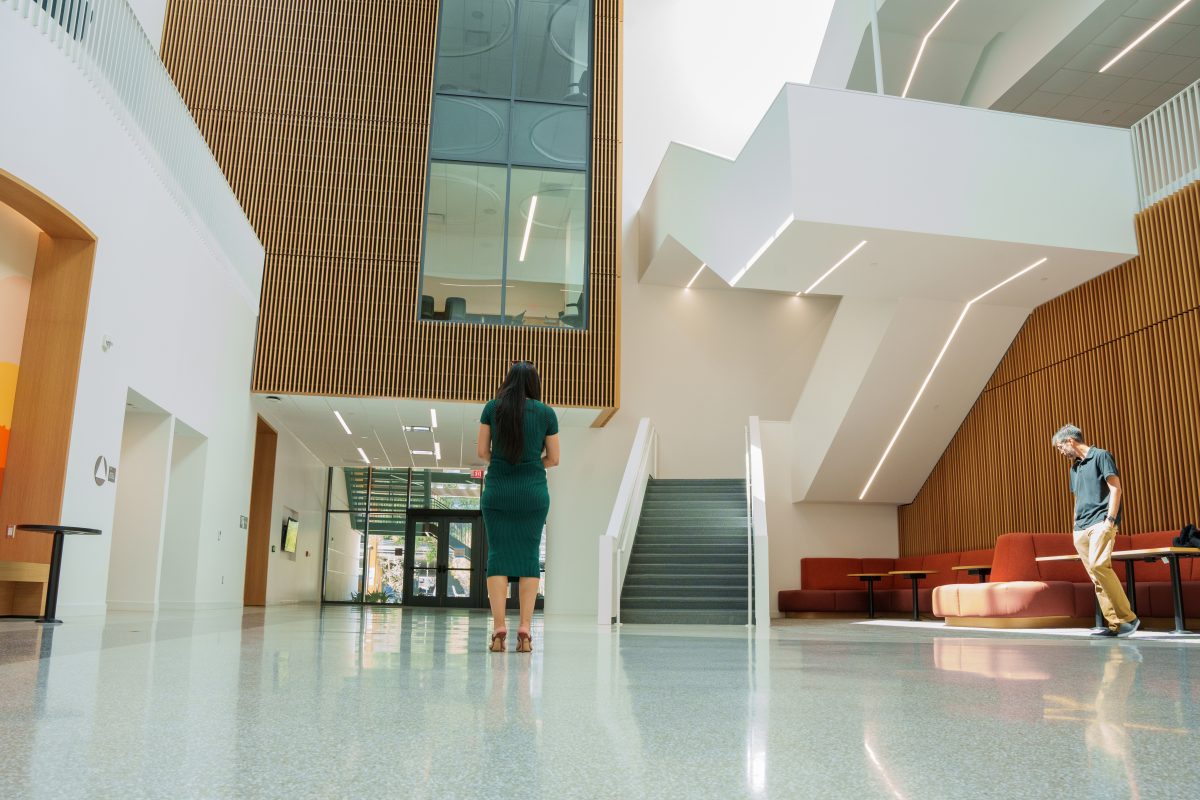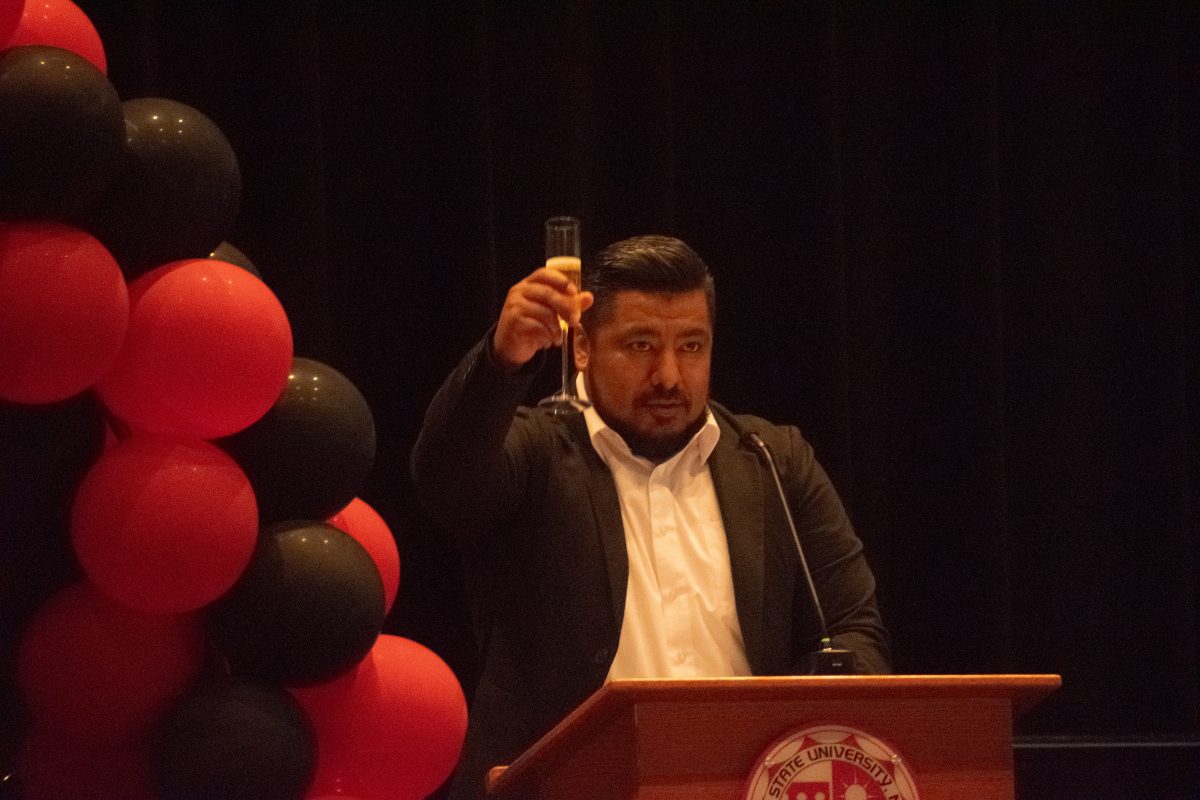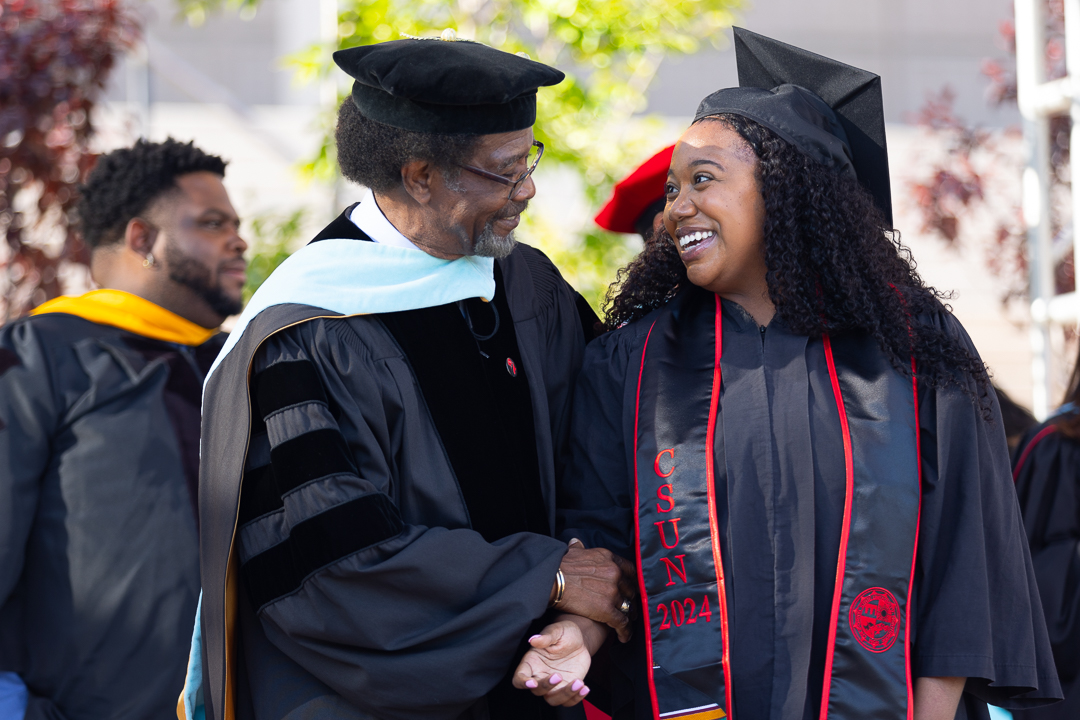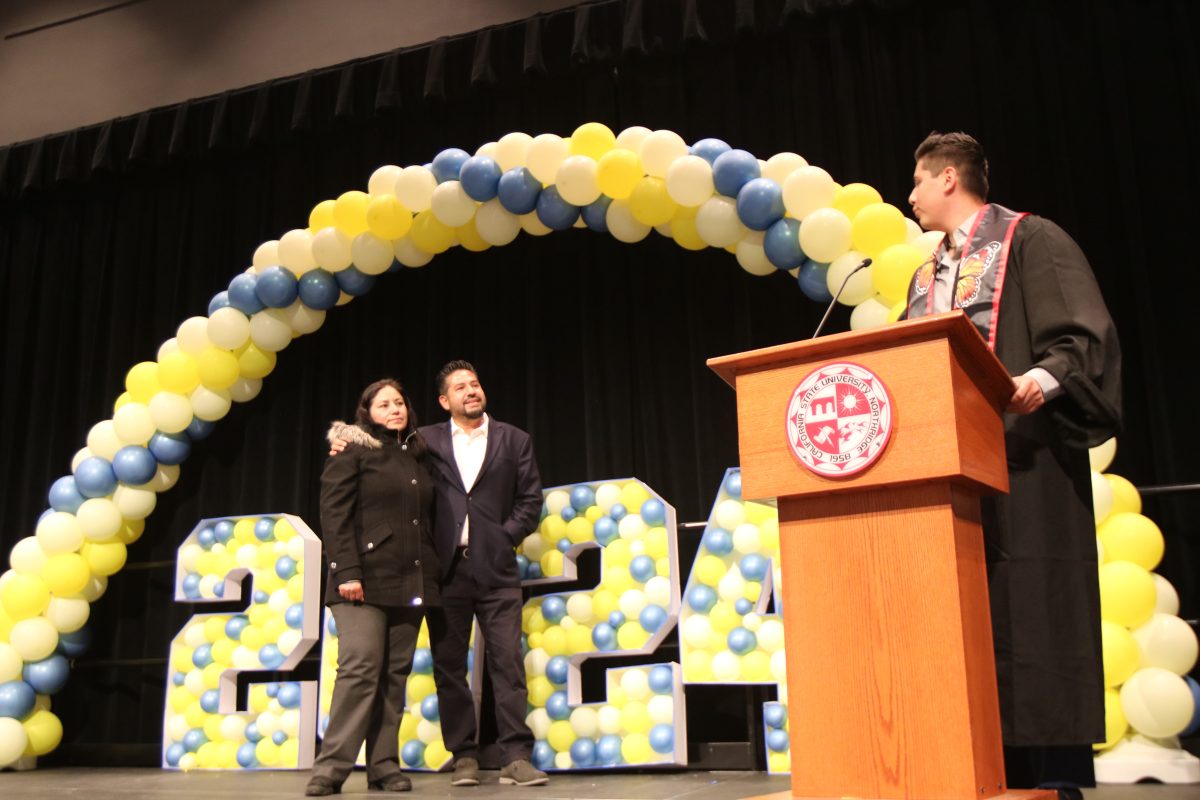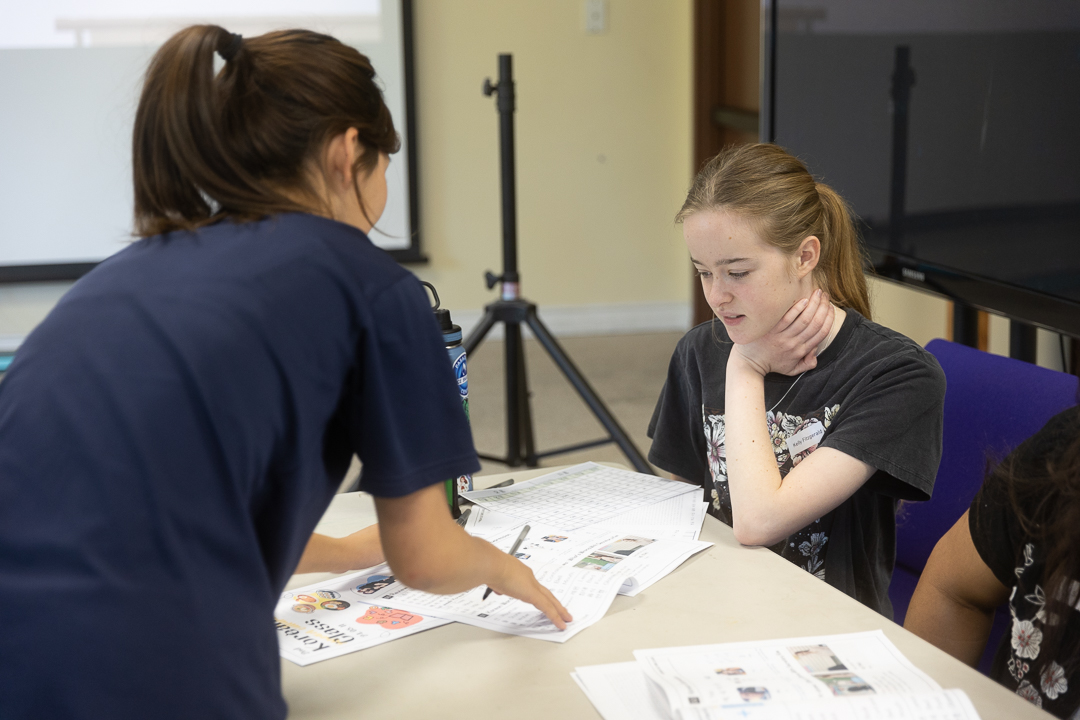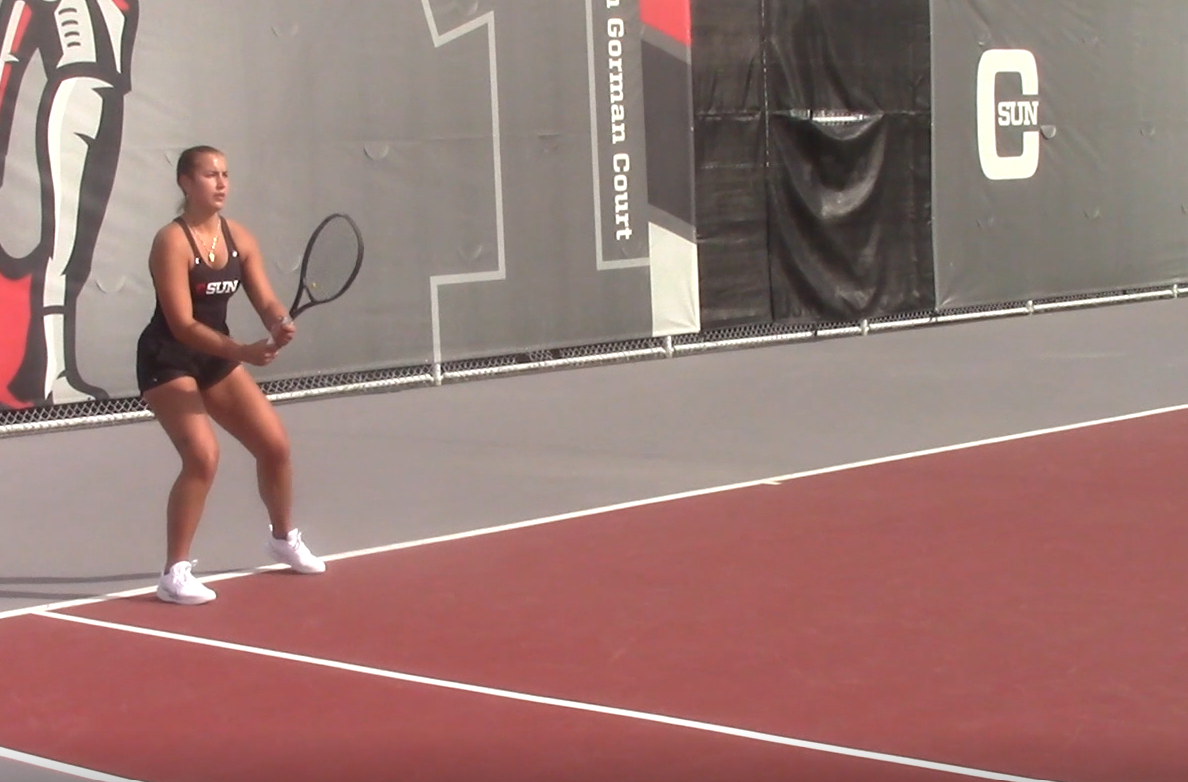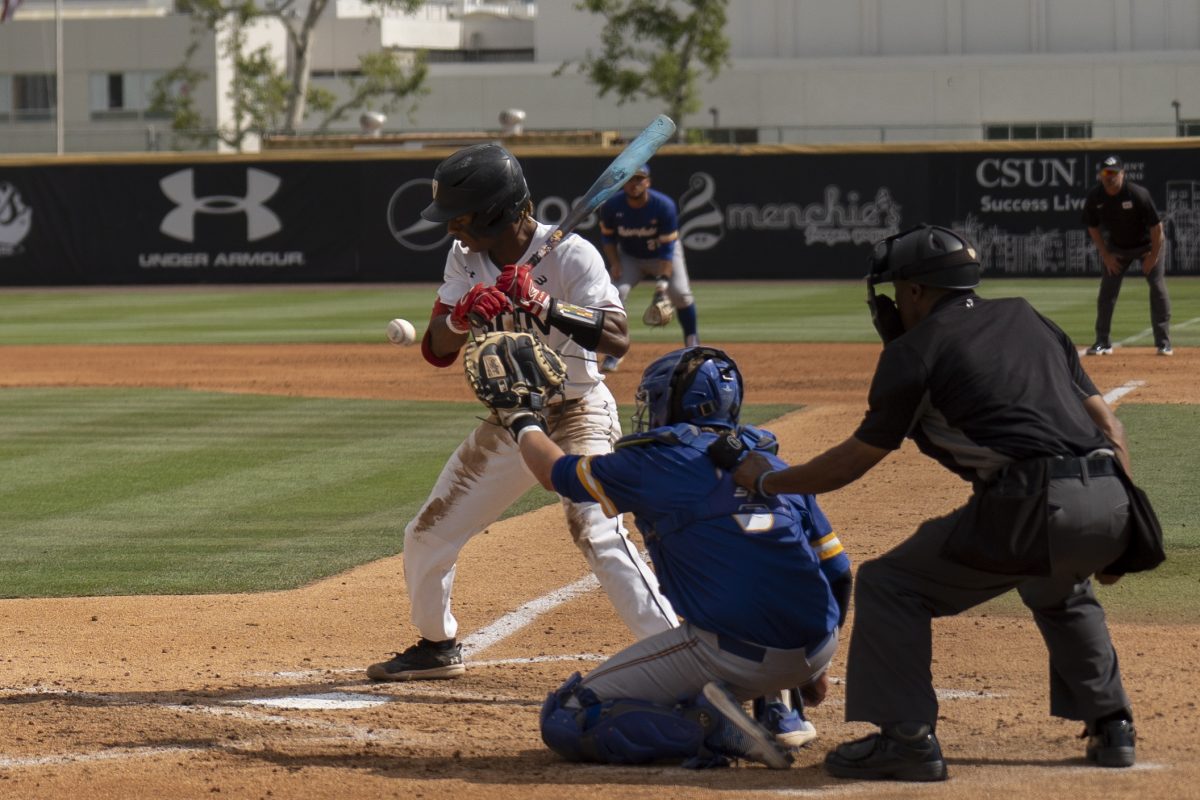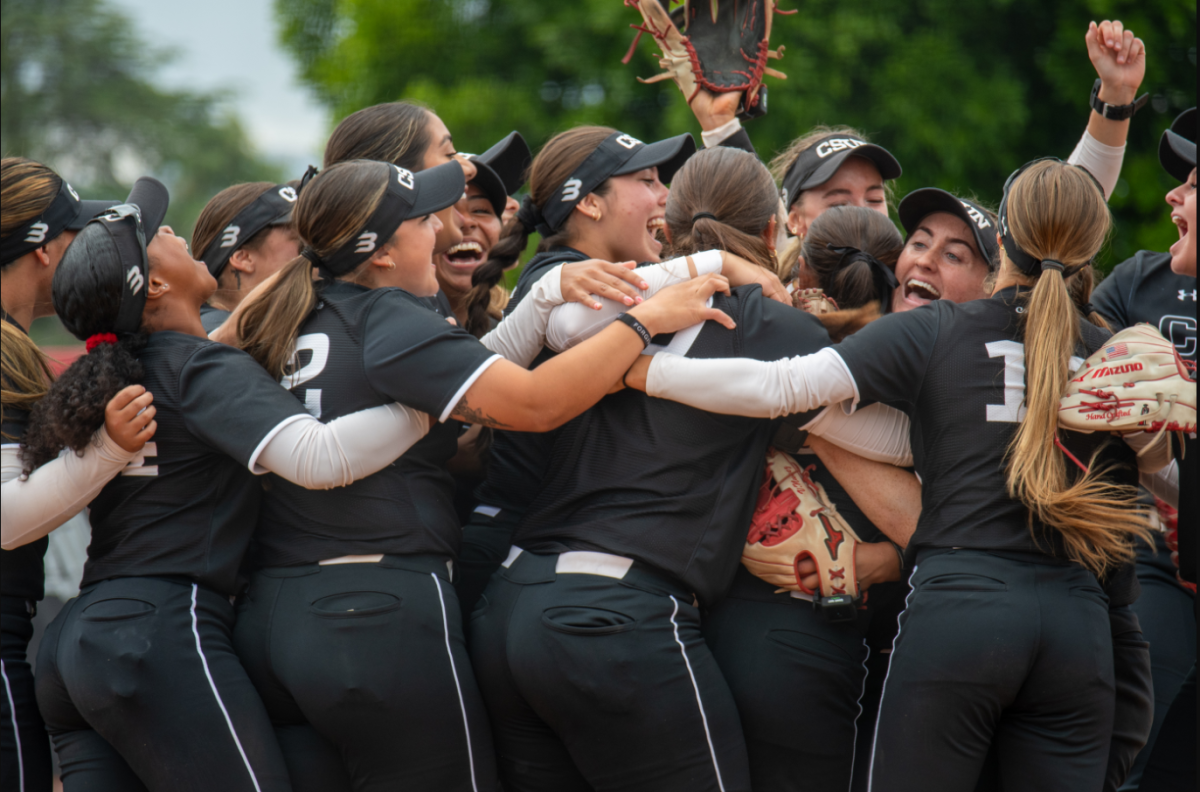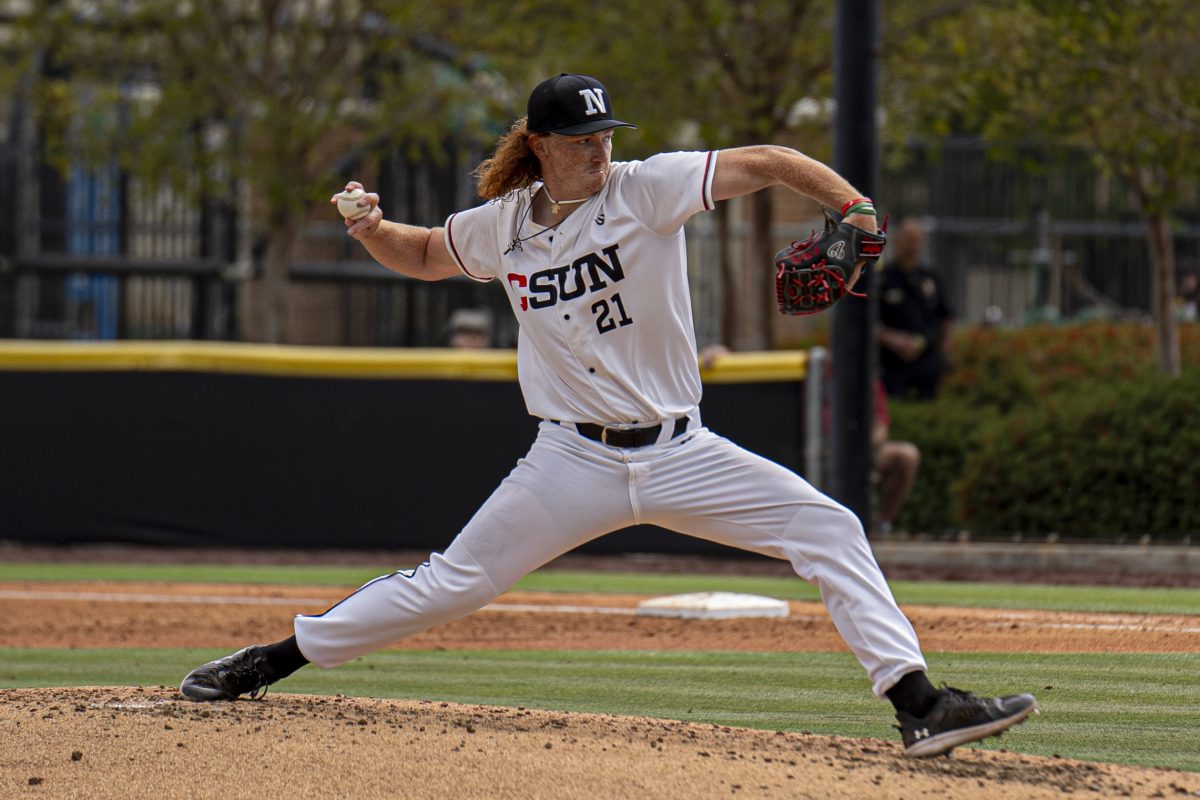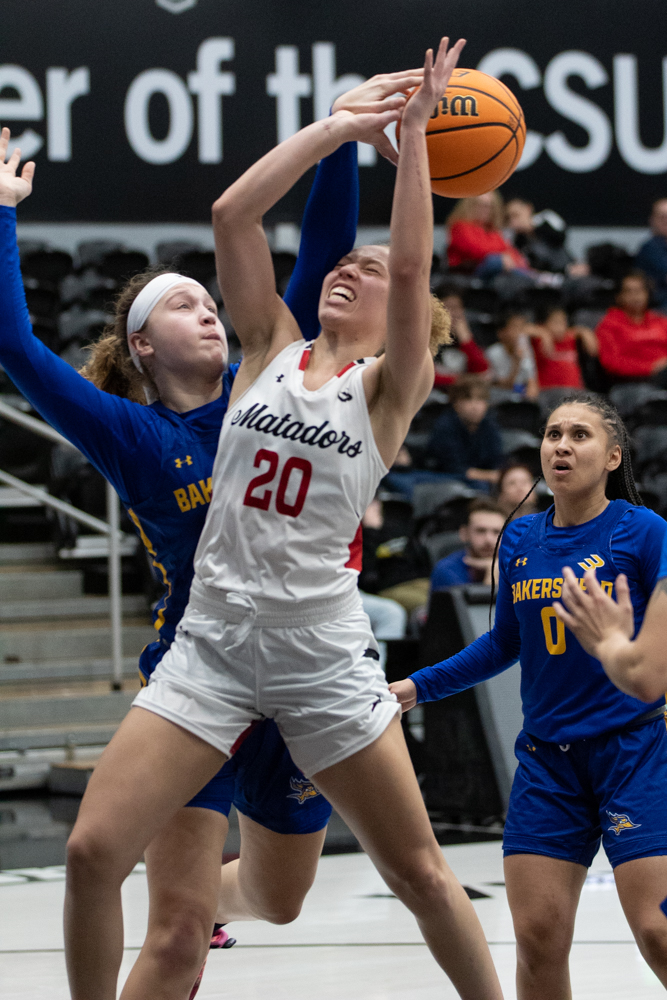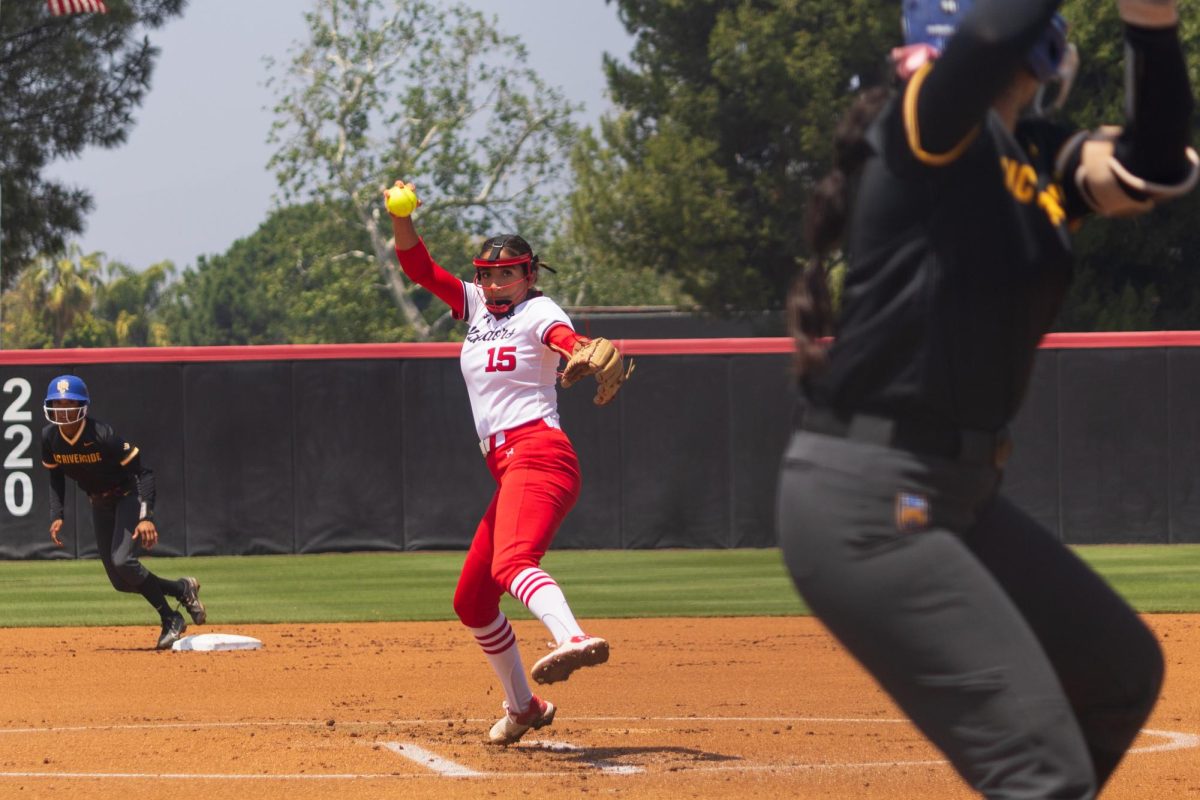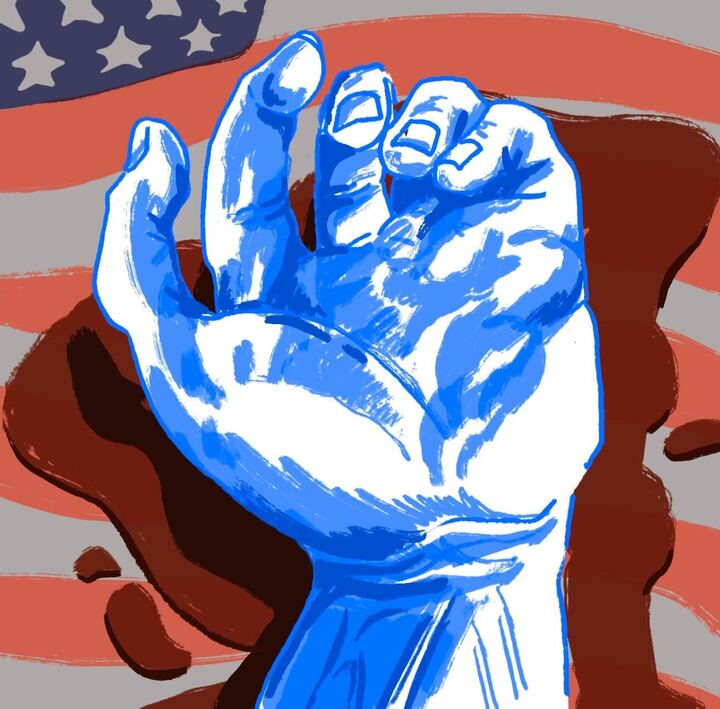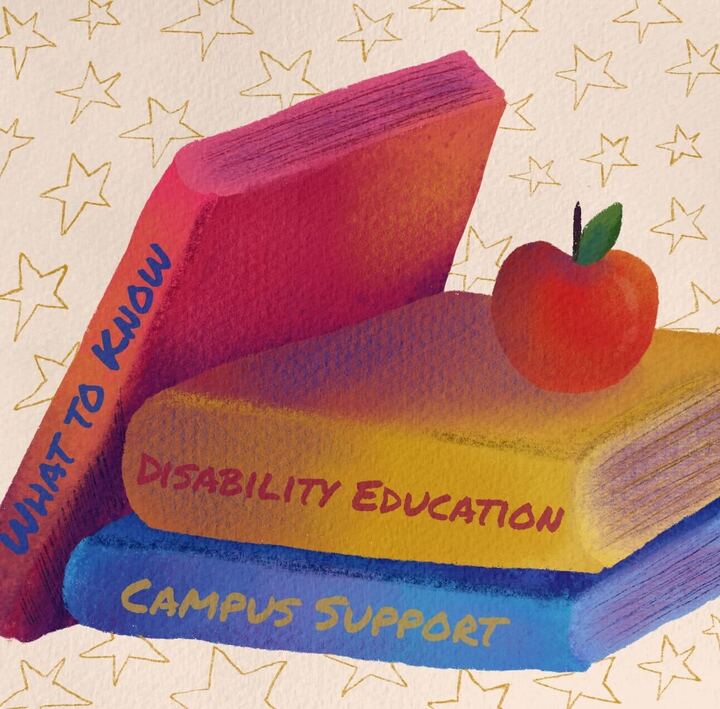The second annual Science, Race and Racism Conference held on Wednesday incorporated art and science to inform students about overcoming racism in the biomedical field, according to Build Promoting Opportunities for Diversity in Education and Research (PODER) who hosted the event.
The conference featured art by the CSUN MOSAIC Mentoring Program and posters by members of Build PODER. The event also featured two guest speakers, Miroslava Chavez-Garcia and Karina L. Walters who spoke on their research on scientific investigations and discrimination distress on student success.
“This is a process of empowering and healing youth of color to be able to have their voice heard and highlight how we see racism,” said Jose Miguel Paez, a full time lecturer in the department of social work at CSUN and part of the committee that put the event together.
Chavez-Garica, professor at the department of history at the University of California, Santa Barbara, was the first guest speaker. She spoke about her research on youth of color and scientific research.
According to Chavez-Garcia, her research is about the use of scientific research to identify, suppress, and predict crime today.
“I’ll discuss the use of science and scientific research in terms of trying to determine the causes of delinquency,” Chavez-Garcia said.
Walters, an enrolled member of the Choctaw Nation of Oklahoma and the Director and Principal Investigator of the Indigenous Wellness Research Institute at the University of Washington, spoke on the minimal attention of Indigenous and other racial, ethnic, or sexual contributions to the modern health science.
“But I do think that the issues that I will be talking about today are transferable and translatable to other populations and other communities and I hope that you can find that as well,” Walters said.
Before the panel there was a student poster session where visitors were able to look at the work of some of the Build PODER members as well as observe the art presented by the MOSAIC mentoring program.
Victoria Villagomez, a junior and piblic health major, has been a member of Build PODER for two years and displayed a poster she worked on that researched myostatin levels after a single bout of exercise in durance trained individuals.
“[Build PODER] helped me get a research opportunity over the summer at the University of Maryland,” Villagomez said. “The program helps teach you how to do posters and research different topics.”
The artwork on display showed students’ interpretation on racism, according to MOSAIC members.
“We asked them to show us how they portrayed racism but in a scientific way,” said Monica Montoya, a member of the MOSAIC Advisor Committee.
Montoya said CSUN MOSAIC works with 10 different continuation and alternative high schools within the Los Angeles Unified School District to help the youth express themselves.
“Our goal is to begin a dialogue around racism and social injustices that oppress our community and to help students understand the ways in which they benefit or are harmed by racism especially in the sciences,” said Maxine Amondo, the Program Director for MOSAIC.
This event encourages students to think of science in a healthy way and to teach students about the isms that can get in the way of opportunities, such as racism and sexism, and for students to know they can still succeed, according to Carrie Saetermoe and Gabriela Chavira, members of the Build PODER staff.
“I want students to see that there’s more than meets the eye in terms of what science is and can be,” Saetermoe said.


